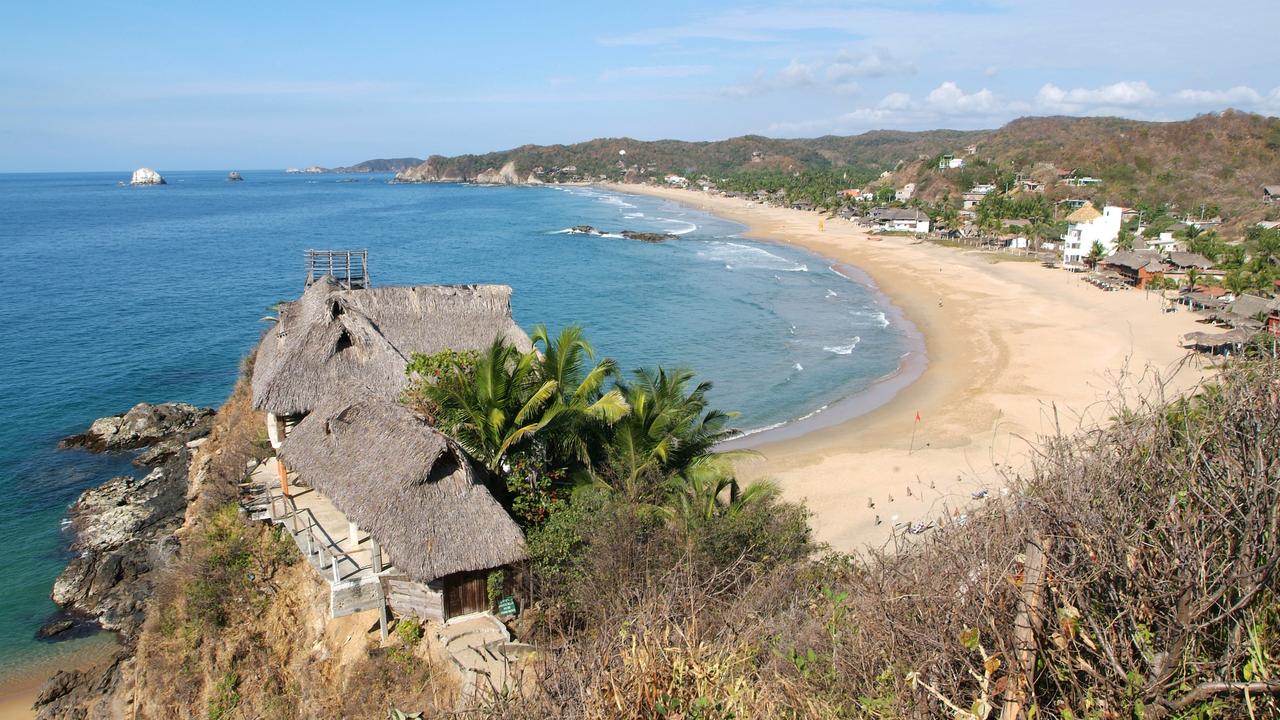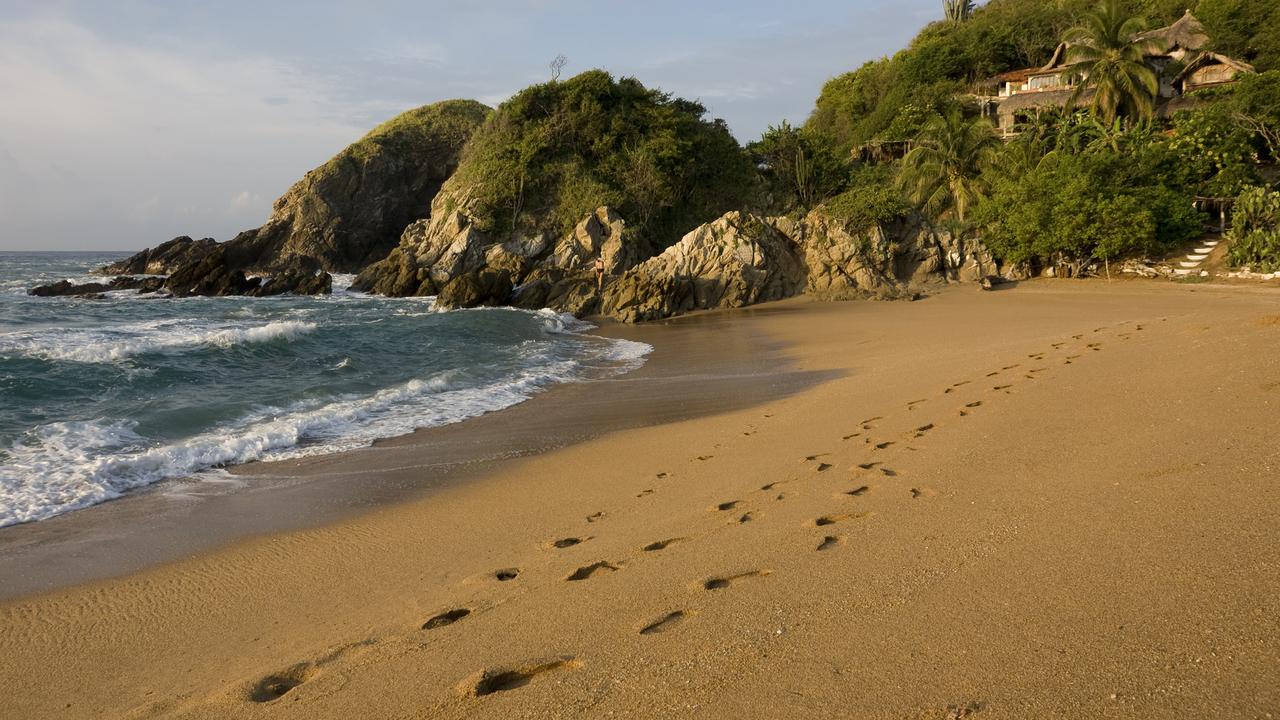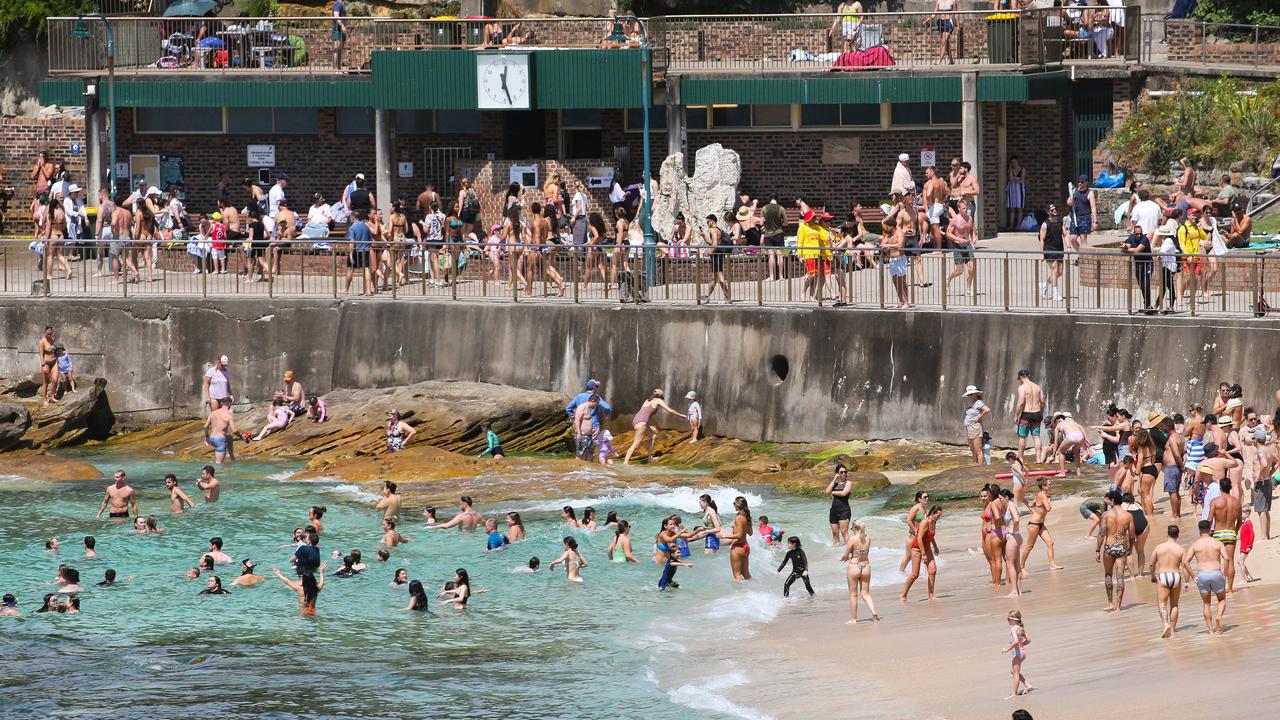From Australia to Mexico, these are the most dangerous beaches in the world
They may look beautiful – and the perfect place for you next holiday – but these beaches are considered as some of the most dangerous in the world.
While everyone loves a beach holiday, there are some places you may want to reconsider due to the hidden dangers lurking there.
From radioactive waters to deadly animals, and even dangerous undercurrents – here are the coastal getaways that are not quite the paradise you imagine.
FRASER ISLAND, AUSTRALIA
It’s one of the most popular tourist spots in Australia – even Harry and Meghan visited in 2018. But as the locals know, it is also home to some deadly wildlife.
For starters there is the Irukandji jellyfish which lives in the waters between October and May in the waters of Northern Queensland. According to the Australian Marine Stinger Advisory Services, there have only been three deaths caused by Irukandji jellyfish worldwide over the last 100 years.
Their sting can be so severe they can cause fatal brain haemorrhages and on average send 50-100 people to the hospital annually

They aren’t the only deadly animal on the beach, with dingoes also common along the coastline – which have been at the centre of a number of attacks in recent years.
BIKINI ATOLL, MICRONESIA
While the beach on Bikini Atoll doesn’t have any dangerous animals like what you might see Down Under, this beach has a different deadly problem.


The islands were once used as a nuclear testing site, meaning a level of radiation remains on the beach.
A recent study suggested that some of the Marshall Islands in the Pacific Ocean — such as the Bikini and Enewetak atolls — are still more radioactive than Chernobyl and Fukushima, even though more than 60 years have passed since the United States tested radioactive weapons on those islands.
The testing was carried out in the early days of the Cold War, and included the 1954 Castle Bravo bomb which remains the most powerful thermonuclear weapon America has ever detonated.
You can visit, but you cannot eat or drink any of the fruit or water, due to the radiation.
SKELETON COAST, NAMIBIA
The Skeleton Coast in Namibia was once named the Gates of Hell by early explorers due to the number of dangers there.

Along the coastline are a number of shipwrecks due to the dangerous waters, with the harsh climate and lack of water on land making it difficult to survive should a ship encounter trouble.
The sand is littered with life’s remnants: elephant rib cages mixed with turtle shells, ship wrecks and whale corpses.

Many of the wrecks washed on to the coastline have been completely destroyed by the sun, sea, and wind but a few are still visible.
PLAYA ZIPOLITE, MEXICO
Playa Zipolite is a stunning piece of coastline in Mexico and a popular place for tourists to visit. But it also has a gruesome nickname – Beach of the Dead, and the reason often catches visitors off guard.
The beach itself is home to deadly rip tides which often form along the coast. The tides form
when adjacent circular flows of current travel in opposite directions so that there are areas where swimmers will be drawn out to sea or pushed toward the shore.


Despite lifeguards now patrolling Mexico’s first nude beach to help people keep swimmers safe, a number of tourists still get caught in the strong waters every year.
– with The Sun



